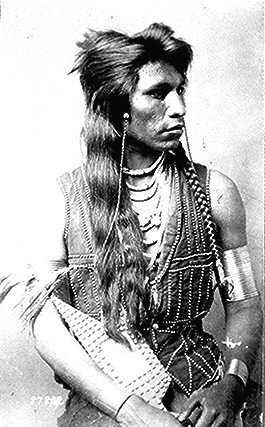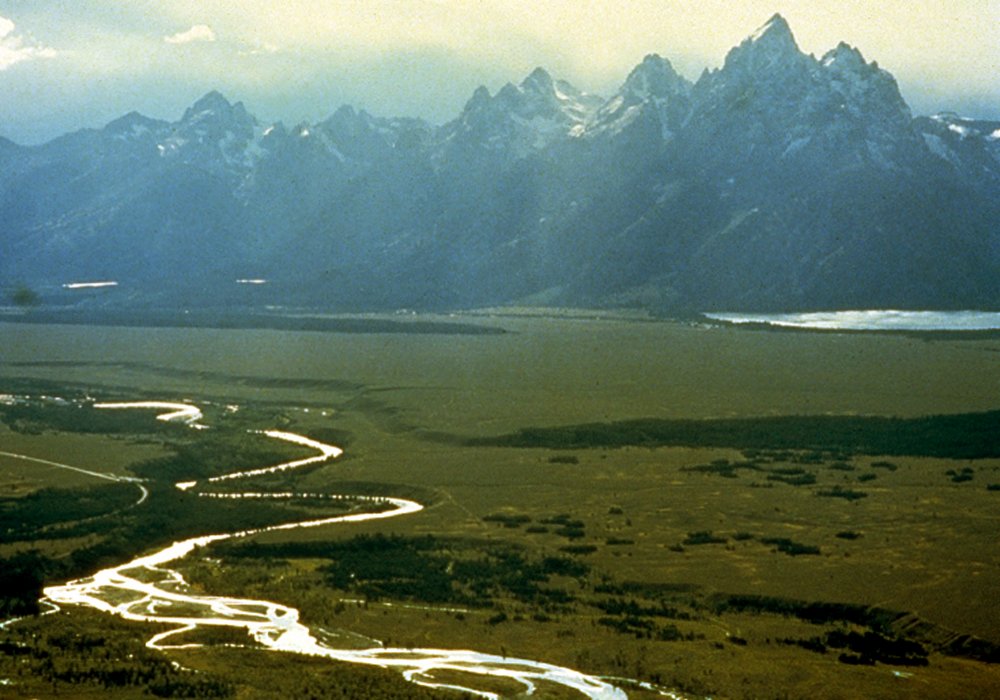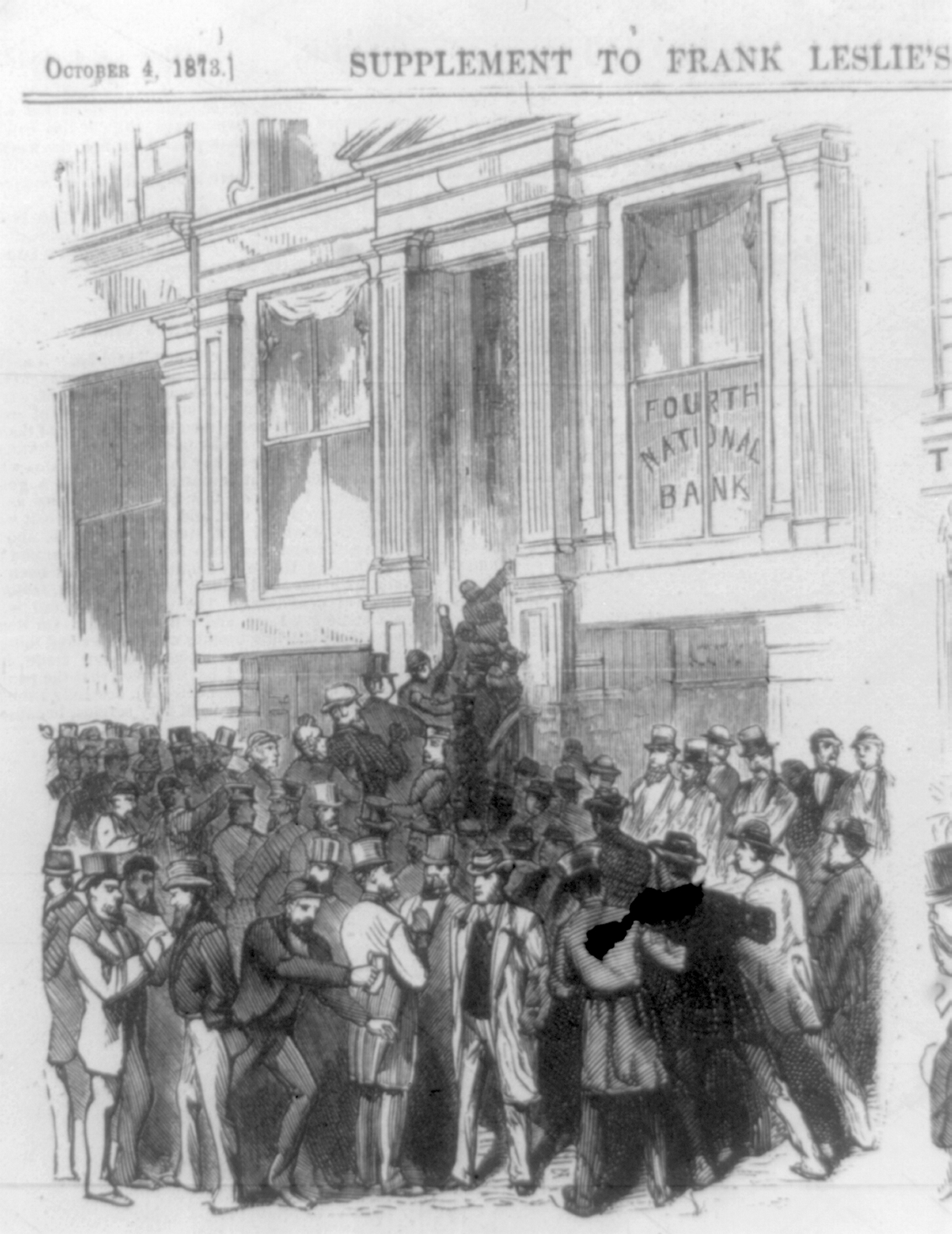|
Utah And Northern Railway
The Utah & Northern Railway is a defunct railroad that was operated in the Utah Territory and later in the Idaho Territory and Montana Territory in the western United States during the 1870s and 1880s. It was the first railroad in Idaho and in Montana. The line was acquired by a Union Pacific Railroad subsidiary, the Oregon Short Line, and is today operated by the Union Pacific Railroad as the Ogden Subdivision (Ogden to McCammon, Idaho), part of the Pocatello Subdivision (McCammon to Pocatello, Idaho), and the Montana Subdivision (Pocatello to Butte, Montana). The original of the Utah Northern Railroad (later named Utah & Northern Railway) was conceived and built by the Mormons. It was a narrow gauge spur off the Union Pacific portion of the transcontinental railroad. The labor for this railroad was largely volunteer Mormon labor as the intent of the railroad was to serve the Mormon communities in the Cache Valley that had been settled almost entirely by the Mormons. It was ... [...More Info...] [...Related Items...] OR: [Wikipedia] [Google] [Baidu] |
Ogden, Utah
Ogden is a city in and the county seat of Weber County, Utah, United States, approximately east of the Great Salt Lake and north of Salt Lake City. The population was 87,321 in 2020, according to the US Census Bureau, making it Utah's eighth largest city. The city served as a major railway hub through much of its history,Maia Armaleo "Grand Junction: Where Two Lines Raced to Drive the Last Spike in Transcontinental Track," ''American Heritage'', June/July 2006. and still handles a great deal of freight rail traffic which makes it a convenient location for and |
Shoshone
The Shoshone or Shoshoni ( or ) are a Native American tribe with four large cultural/linguistic divisions: * Eastern Shoshone: Wyoming * Northern Shoshone: southern Idaho * Western Shoshone: Nevada, northern Utah * Goshute: western Utah, eastern Nevada They traditionally speak the Shoshoni language, part of the Numic languages branch of the large Uto-Aztecan language family. The Shoshone were sometimes called the Snake Indians by neighboring tribes and early American explorers. Their peoples have become members of federally recognized tribes throughout their traditional areas of settlement, often co-located with the Northern Paiute people of the Great Basin. Etymology The name "Shoshone" comes from ''Sosoni'', a Shoshone word for high-growing grasses. Some neighboring tribes call the Shoshone "Grass House People," based on their traditional homes made from ''sosoni''. Shoshones call themselves ''Newe'', meaning "People".Loether, Christopher"Shoshones."''Encyclopedia of the Gr ... [...More Info...] [...Related Items...] OR: [Wikipedia] [Google] [Baidu] |
Continental Divide
A continental divide is a drainage divide on a continent such that the drainage basin on one side of the divide feeds into one ocean or sea, and the basin on the other side either feeds into a different ocean or sea, or else is endorheic, not connected to the open sea. Every continent on earth except Antarctica (which has no known significant, definable free-flowing surface rivers) has at least one continental drainage divide; islands, even small ones like Killiniq Island on the Labrador Sea in Canada, may also host part of a continental divide or have their own island-spanning divide. The endpoints of a continental divide may be coastlines of gulfs, seas or oceans, the boundary of an endorheic basin, or another continental divide. One case, the Great Basin Divide, is a closed loop around an endoreic basin. The endpoints where a continental divide meets the coast are not always definite since the exact border between adjacent bodies of water is usually not clearly defined. The I ... [...More Info...] [...Related Items...] OR: [Wikipedia] [Google] [Baidu] |
Snake River
The Snake River is a major river of the greater Pacific Northwest region in the United States. At long, it is the largest tributary of the Columbia River, in turn, the largest North American river that empties into the Pacific Ocean. The Snake River rises in western Wyoming, then flows through the Snake River Plain of southern Idaho, the rugged Hells Canyon on the Oregon–Idaho border and the rolling Palouse Hills of Washington (state), Washington, emptying into the Columbia River at the Tri-Cities, Washington, Tri-Cities in the Columbia Basin of Eastern Washington. The Snake River drainage basin encompasses parts of six U.S. states (Idaho, Washington, Oregon, Utah, Nevada, and Wyoming) and is known for its varied geologic history. The Snake River Plain was created by a volcanic hotspot (geology), hotspot which now lies underneath the Snake River headwaters in Yellowstone National Park. Gigantic glacial-retreat flooding episodes during the previous Last glacial period, Ice Ag ... [...More Info...] [...Related Items...] OR: [Wikipedia] [Google] [Baidu] |
Idaho Falls, Idaho
Idaho Falls (Shoshoni language, Shoshoni: Dembimbosaage) is a city in and the county seat of Bonneville County, Idaho, Bonneville County, Idaho, United States. It is the state's largest city outside the Boise metropolitan area. As of the 2020 United States Census, 2020 census, the population of Idaho Falls was 64,818.2020 Census, US Census Bureau, Idaho Falls, Idaho Profile In the 2010 United States Census, 2010 census, the population of Idaho Falls was 56,813 (2019 estimate: 62,888), with a metro population of 133,265. Idaho Falls serves as the commercial, cultural, and healthcare hub for Eastern Idaho, as well as parts of western Wyoming and southern Montana. It is served by the Idaho Falls Regional Airport and is home to the College of Eastern Idaho, Museum of Idaho, and the Idaho Falls Chukars minor league baseball team. It is the principal city of the Idaho Falls Idaho Falls metropolitan area, Metropolitan Statistical Area and the Idaho Falls–Blackfoot-Rexburg, Idaho Co ... [...More Info...] [...Related Items...] OR: [Wikipedia] [Google] [Baidu] |
Jay Gould
Jason Gould (; May 27, 1836 – December 2, 1892) was an American railroad magnate and financial speculator who is generally identified as one of the robber barons of the Gilded Age. His sharp and often unscrupulous business practices made him one of the wealthiest men of the late nineteenth century. Gould was an unpopular figure during his life and remains controversial. Early life and education Gould was born in Roxbury, New York, to Mary More (1798–1841) and John Burr Gould (1792–1866). His maternal grandfather Alexander T. More was a businessman, and his great-grandfather John More was a Scottish immigrant who founded the town of Moresville, New York. Gould studied at the Hobart Academy in Hobart, New York, paying his way by bookkeeping. As a young boy, he decided that he wanted nothing to do with farming, his father's occupation, so his father dropped him off at a nearby school with fifty cents and a sack of clothes. Early career Gould's school principal was credit ... [...More Info...] [...Related Items...] OR: [Wikipedia] [Google] [Baidu] |
Panic Of 1873
The Panic of 1873 was a financial crisis that triggered an economic depression in Europe and North America that lasted from 1873 to 1877 or 1879 in France and in Britain. In Britain, the Panic started two decades of stagnation known as the "Long Depression" that weakened the country's economic leadership. In the United States, the Panic was known as the "Great Depression" until the events of 1929 and the early 1930s set a new standard. The Panic of 1873 and the subsequent depression had several underlying causes for which economic historians debate the relative importance. American inflation, rampant speculative investments (overwhelmingly in railroads), the demonetization of silver in Germany and the United States, ripples from economic dislocation in Europe resulting from the Franco-Prussian War (1870–1871), and major property losses in the Great Chicago Fire (1871) and the Great Boston Fire (1872) helped to place massive strain on bank reserves, which, in New York City ... [...More Info...] [...Related Items...] OR: [Wikipedia] [Google] [Baidu] |
Franklin, Idaho
Franklin is a city in Franklin County, Idaho, United States. The population was 641 at the 2010 census. It is part of the Logan, Utah-Idaho Metropolitan Statistical Area. History The town was founded by Mormon pioneers led by Thomas S. Smart on April 14, 1860, in what was then Washington Territory, although at the time it was believed the settlement was within the bounds of Utah Territory. The town was named for Franklin Richards, an Apostle for the Church of Jesus Christ of Latter-day Saints. Franklin is the first permanent European settlement in present-day Idaho. Its political status remained ambiguous until an 1872 survey determined the townsite was in Idaho Territory about north of the Utah Territory border. The area within the town limits was platted into square blocks in 1864. Part of the 2004 comedy film ''Napoleon Dynamite'' were shot near Franklin. The chicken farm scenes were filmed on Ritewood Egg Farms property, and the supervisor's character is loosely based o ... [...More Info...] [...Related Items...] OR: [Wikipedia] [Google] [Baidu] |
Montana Trail
The Montana Trail was a wagon road that served gold rush towns such as Bannack, Virginia City and later Helena during the Montana gold rush era of the 1860s and 1870s. Miners and settlers all traveled the trail to try to find better lives in Montana. The trail was also utilized for freighting and shipping supplies and food goods to Montana from Utah. American Indians, as well as the weather, were major risks to traveling on the Montana Trail. Immigrants Montana was a very isolated area and the trail helped to keep Montanans connected to the rest of the United States. Salt Lake City was the only major city between Denver and the Pacific Coast and was a valuable supply and trading center for Montanans. The Montana trail was a much shorter version of the Oregon-California trail. It was one of the only trails to travel north to south, taking supplies from Salt Lake and driving them by pack train to Montana in the north. The trail went across eastern Idaho and passed through the Co ... [...More Info...] [...Related Items...] OR: [Wikipedia] [Google] [Baidu] |
Corinne, Utah
Corinne ( ) is a town in Box Elder County, Utah, United States. The population was 685 at the 2010 census. Geography Corinne is located in southeastern Box Elder County, on the west side of the Bear River. It is the last town on the river before it enters the marsh complexes leading to the Great Salt Lake. Brigham City is to the southeast, and Bear River City is to the north. According to the United States Census Bureau, the city has a total area of , of which is land and , or 1.53%, is water. History For almost ten years from its founding on 25 March 1869, the town of Corinne prospered as the unofficial "Gentile Capital of Utah". As the Union Pacific and Central Pacific railroads approached their historic meeting place at Promontory Summit early in 1869, a group of former Union Army officers and some determined non-Mormon merchants from Salt Lake City decided to locate a Gentile town on the Union Pacific line, believing that the town could compete economically and p ... [...More Info...] [...Related Items...] OR: [Wikipedia] [Google] [Baidu] |
Soda Springs, Idaho
Soda Springs is a city in Caribou County, Idaho, United States. Its population was 3,058 at the time of the 2010 census. The city has been the county seat of Caribou County since the county was organized in 1919. In the 1860s, Soda Springs served as the seat of Oneida County. History The city is named for the hundreds of natural springs of carbonated water that are located in and around the city. The springs were known to Native Americans, and were a landmark along the Oregon Trail in the middle 19th century. Today the city is also known as the location of the Soda Springs Geyser, which was unleashed in 1934 when town fathers were seeking hot water for a hot pool bathing attraction. They drilled into a chamber of highly pressurized carbon dioxide gas and cold water, and the geyser was released. After running for weeks and flooding the downtown area, it was capped and manually released upon request as a tourist attraction. Currently a timed release valve opens every hour on the ... [...More Info...] [...Related Items...] OR: [Wikipedia] [Google] [Baidu] |









